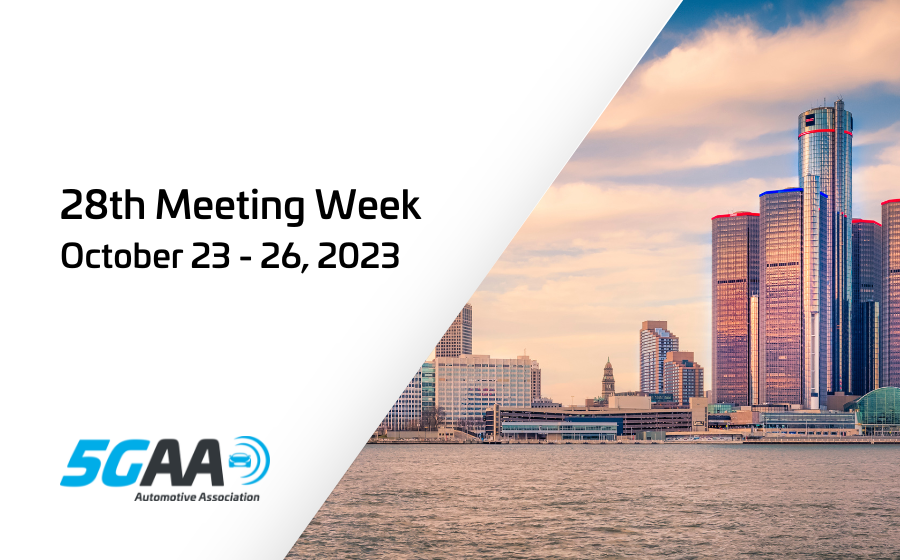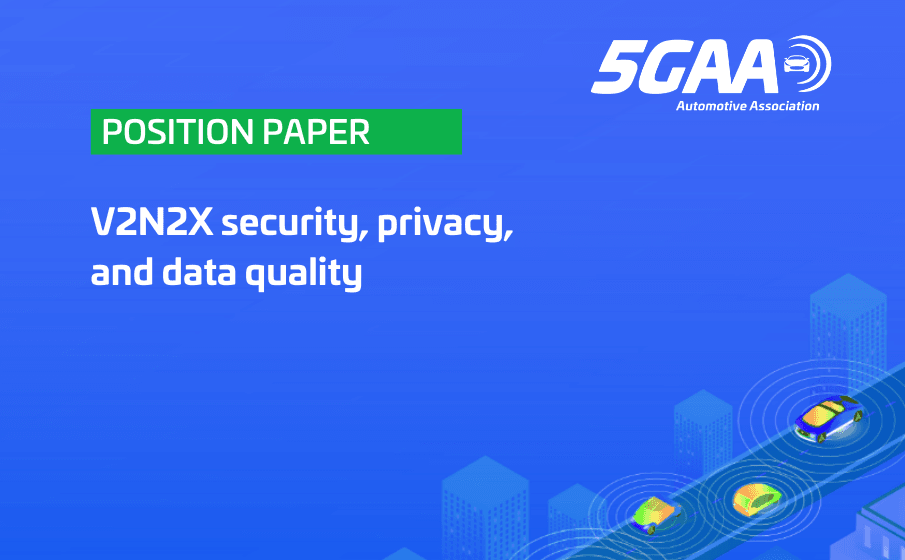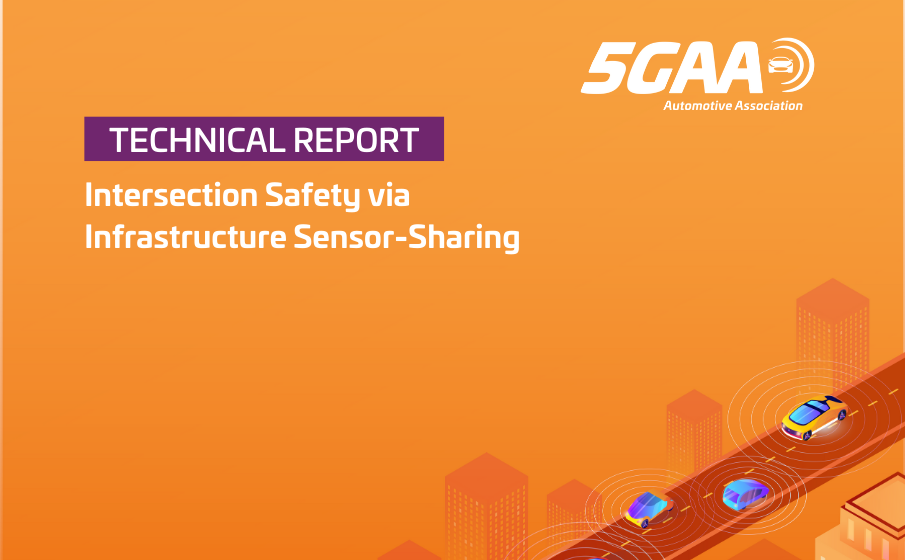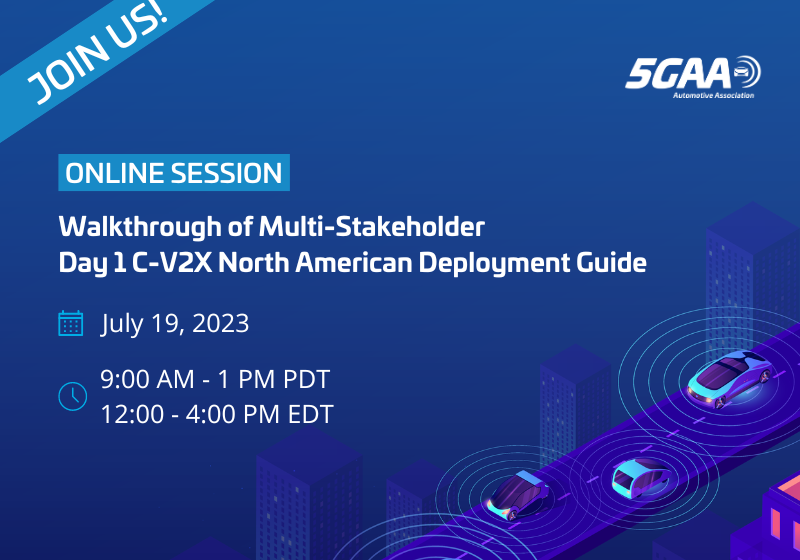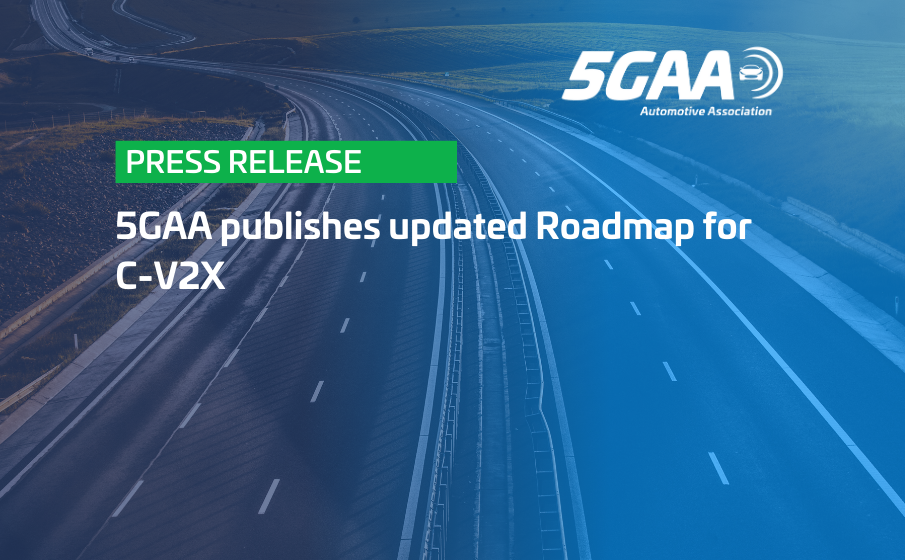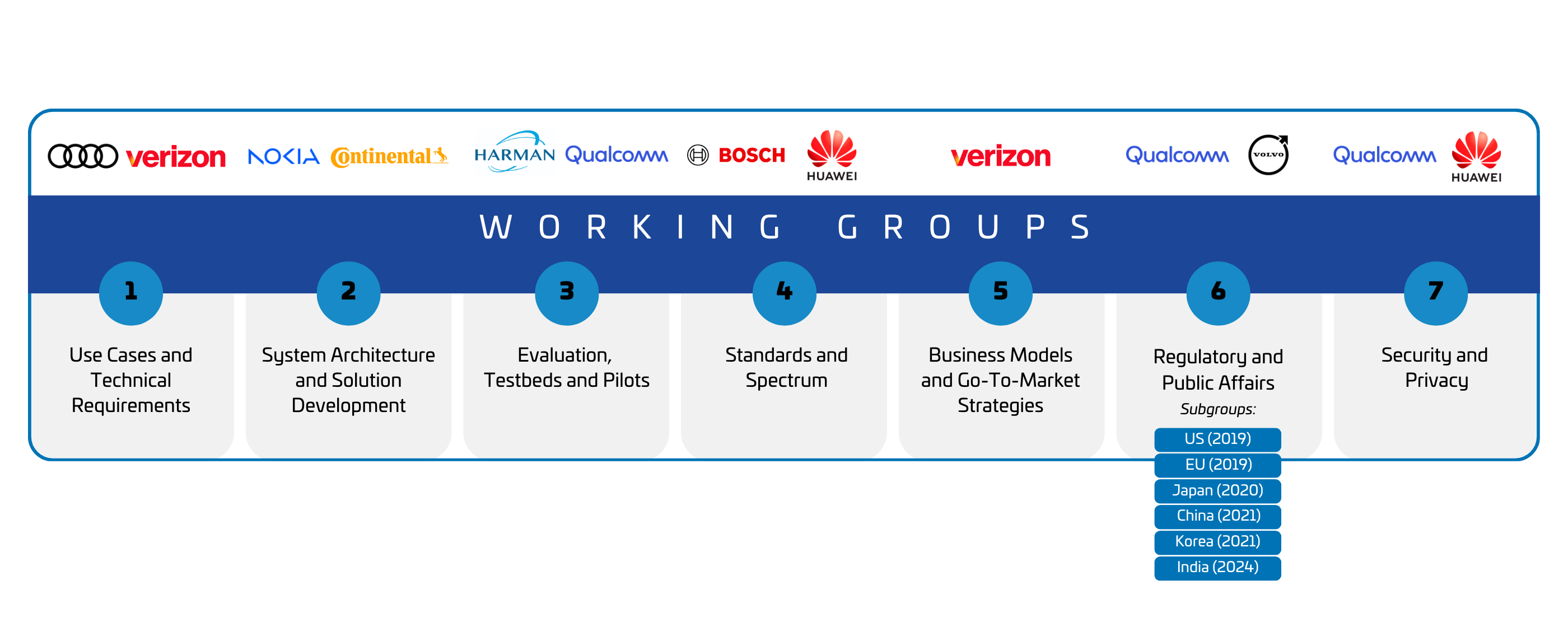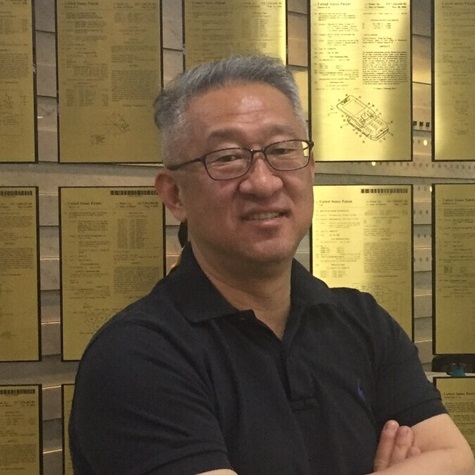Completed Work Items – 2024
Objectives:
- Explore use cases, system requirements, and deployment options for integrating Vehicle-to-Everything (V2X) communication technologies with infrastructure sensors.
- Outline a framework for developing interoperable, standardised solutions that can operate efficiently within existing Intelligent Transportation System (ITS) spectrums.
Objective:
- Provide an update of 5GAA’s vision for the global deployment of smarter, safer and more sustainable mobility and transportation services.
Objectives:
- Provide the state of the art including demonstrations and market status, regulation, and safety-related aspect regarding uncrewed ground robots (UGRs) as well as common analysis and system/component requirements for UGRs.
- Show the methods of communication between UGRs and road users in view of existing gaps in ITS standards, to identify a way forward to incorporate UGRs in future standards.
Objective:
- Outline a vision for integrating a Non-Terrestrial Network (NTN) connectivity layer as a complement to Terrestrial Networks (TN), enhancing coverage and services for connected vehicles.
Objectives:
- Build on previous work in 5GAA on the topic of VRUs, focussing on co-existence and interoperability between different companies’ solutions.
- Previous showcases and demonstrations have shown the functionality and safety benefits of VRU protection solutions, whereas the objective of VRU-DEMO is to show how these solutions are able to interact with each other.
Objective:
- Explore how to manage misbehaviour in Vehicle-to-Everything (V2X) communication systems, where vehicles and infrastructure directly exchange information.
Objectives:
- Provide a business perspective on the Vehicle-to-Network-to-Everything (V2N2X) market, covering market value, stakeholder needs, market growth drivers, and business models observed in various deployments.
- The report complements the high-level V2N2X architecture described in the 5GAA white paper ‘Road traffic operation in a digital age’ and the technical report ‘Vehicle-to-Network-to-Everything (V2N2X) Communications; Architecture, Solution Blueprint, and Use Case Implementation Examples.’
Objectives:
- Describe an ecosystem for stakeholders on how to realise various V2X applications and use cases (UCs), using cellular network communications in combination with information sharing structures between backend systems.
- Clarify the different implementation options of the V2X application in a vehicle and their related implications.
- The report complements the V2N2X business perspectives in the 5GAA white paper ‘Road traffic operation in a digital age’ and the technical report ‘Business Perspectives on Vehicle-to-Network-to-Everything (V2N2X) Deployments’.
Objective:
- Propose a framework for trust assessment within CAVs by defining key terms related to trust and trustworthiness, establishing a foundation for building trust between these vehicles and creating a taxonomy for classifying different trust relationships.
Objectives:
- Develop a methodology specifically for testing vehicular communication antennas and provide validation measures that account for the unique form factors and characteristics of each vehicle.
- This document is an updated version of the Vehicular Antenna Test Methodology technical report published by 5GAA in 2021, available here.
Objectives:
- Reflect the automotive and connectivity industries agreement on spectrum allocation for ITS services in the 5.9 GHz band in Europe.
- This 5GAA position paper also takes into account the updates from ETSI and CEPT and proposes a deployment band configuration for road-ITS in the 5.9 GHz band.
Objectives:
- Propose a transformative approach for automotive stakeholders, emphasizing scalable digital data exchange and a federated architecture to manage road traffic information efficiently.
- Recommend a National Roadway Digital Strategy, federated information-sharing structures, and aligned investments.
Objective:
- Provide an overview of how security, privacy, and data quality are addressed for C-V2X using mobile network and backend communications, also known as Vehicle-to-Network-to-Everything (V2N2X) solutions.
Objective:
- The overview of cellular vehicle-to-everything (C-V2X) devices provides a fresh look at the devices currently available on the market or nearing release to capture the evolving C-V2X device landscape.


